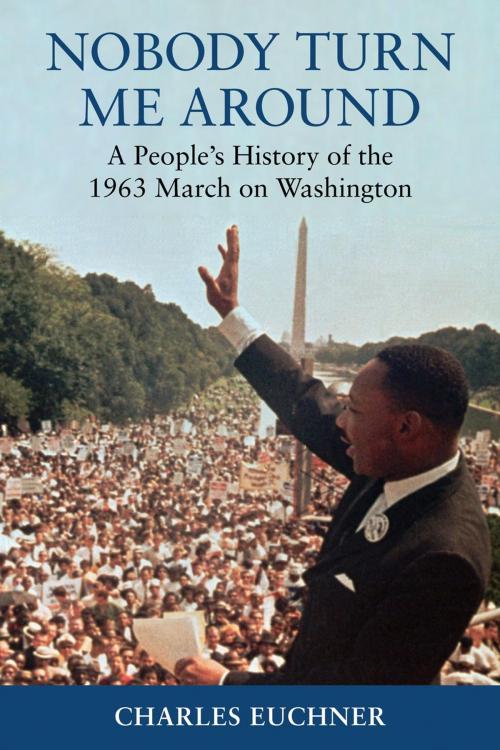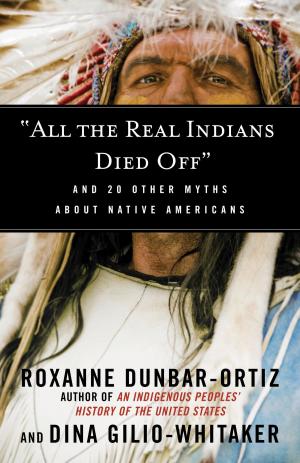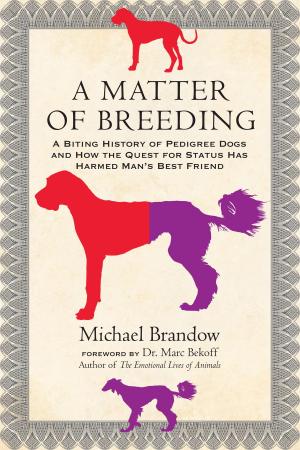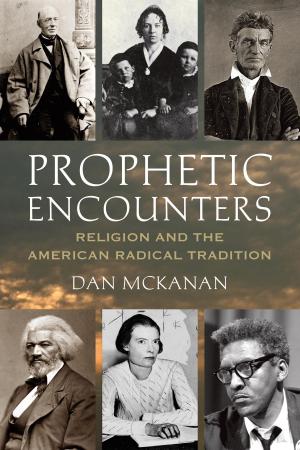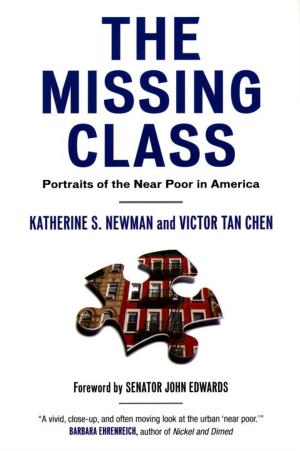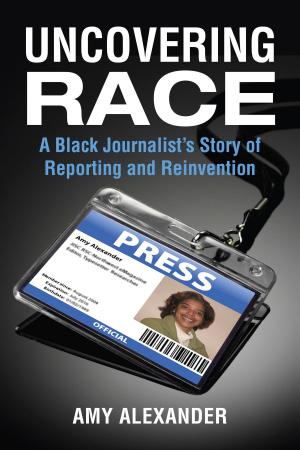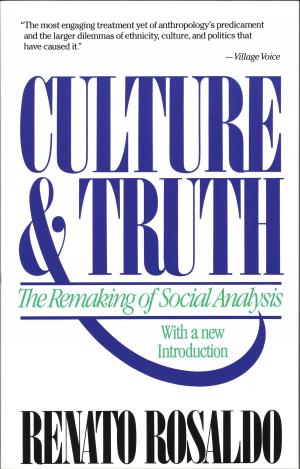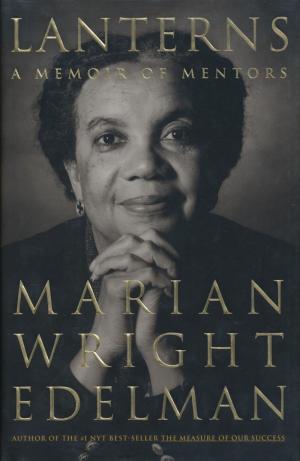Nobody Turn Me Around
A People's History of the 1963 March on Washington
Nonfiction, Social & Cultural Studies, Social Science, Discrimination & Race Relations, Cultural Studies, African-American Studies, History, Americas, United States, 20th Century| Author: | Charles Euchner | ISBN: | 9780807095522 |
| Publisher: | Beacon Press | Publication: | September 25, 2010 |
| Imprint: | Beacon Press | Language: | English |
| Author: | Charles Euchner |
| ISBN: | 9780807095522 |
| Publisher: | Beacon Press |
| Publication: | September 25, 2010 |
| Imprint: | Beacon Press |
| Language: | English |
On August 28, 1963, over a quarter-million people—about two-thirds black and one-third white—held the greatest civil rights demonstration ever. Martin Luther King, Jr. delivered his iconic “I Have a Dream” oration. And just blocks away, President Kennedy and Congress skirmished over landmark civil rights legislation. As Charles Euchner reveals, the importance of the march is more profound and complex than standard treatments of the 1963 March on Washington allow.
In this major reinterpretation of the Great Day—the peak of the movement—Euchner brings back the tension and promise of that day. Building on countless interviews, archives, FBI files, and private recordings, Euchner shows freedom fighters as complex, often conflicted, characters. He explores the lives of Philip Randolph and Bayard Rustin, the march organizers who worked tirelessly to make mass demonstrations and nonviolence the cornerstone of the movement. He also reveals the many behind-the-scenes battles—the effort to get women speakers onto the platform, John Lewis’s damning speech about the federal government, Malcolm X’s biting criticisms and secret vows to help the movement, and the devastating undercurrents involving political powerhouses Kennedy and FBI director J. Edgar Hoover. For the first time, Euchner tells the story behind King’s “Dream” images.
Euchner’s hour-by-hour account offers intimate glimpses of the masses on the National Mall—ordinary people who bore the scars of physical violence and jailings for fighting for basic civil rights. The event took on the call-and-response drama of a Southern church service, as King, Lewis, Mahalia Jackson, Roy Wilkins, and others challenged the throng to destroy Jim Crow once and for all.
Nobody Turn Me Aroundwill challenge your understanding of the March on Washington, both in terms of what happened but also regarding what it ultimately set in motion. The result was a day that remains the apex of the civil rights movement—and the beginning of its decline.
On August 28, 1963, over a quarter-million people—about two-thirds black and one-third white—held the greatest civil rights demonstration ever. Martin Luther King, Jr. delivered his iconic “I Have a Dream” oration. And just blocks away, President Kennedy and Congress skirmished over landmark civil rights legislation. As Charles Euchner reveals, the importance of the march is more profound and complex than standard treatments of the 1963 March on Washington allow.
In this major reinterpretation of the Great Day—the peak of the movement—Euchner brings back the tension and promise of that day. Building on countless interviews, archives, FBI files, and private recordings, Euchner shows freedom fighters as complex, often conflicted, characters. He explores the lives of Philip Randolph and Bayard Rustin, the march organizers who worked tirelessly to make mass demonstrations and nonviolence the cornerstone of the movement. He also reveals the many behind-the-scenes battles—the effort to get women speakers onto the platform, John Lewis’s damning speech about the federal government, Malcolm X’s biting criticisms and secret vows to help the movement, and the devastating undercurrents involving political powerhouses Kennedy and FBI director J. Edgar Hoover. For the first time, Euchner tells the story behind King’s “Dream” images.
Euchner’s hour-by-hour account offers intimate glimpses of the masses on the National Mall—ordinary people who bore the scars of physical violence and jailings for fighting for basic civil rights. The event took on the call-and-response drama of a Southern church service, as King, Lewis, Mahalia Jackson, Roy Wilkins, and others challenged the throng to destroy Jim Crow once and for all.
Nobody Turn Me Aroundwill challenge your understanding of the March on Washington, both in terms of what happened but also regarding what it ultimately set in motion. The result was a day that remains the apex of the civil rights movement—and the beginning of its decline.
